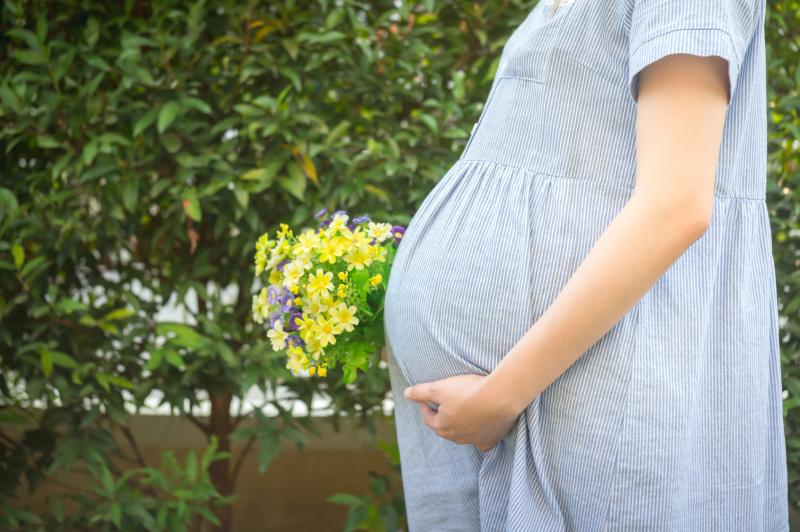 Rights groups are also concerned about surrogate mothers being exploited due to the unregulated environments.
Rights groups are also concerned about surrogate mothers being exploited due to the unregulated environments.Pneumonia caused by the coronavirus disease 2019 (COVID-19) in pregnant women shows similar clinical characteristics to that in nonpregnant adult patients with the same condition, according to a recent study.
“Findings from this small group of cases suggest that there is currently no evidence for intrauterine infection caused by vertical transmission in women who develop COVID-19 pneumonia in late pregnancy,” the authors said.
Nine pregnant women who were admitted to Zhongman Hospital of Wuhan University in China from 20 to 31 January 2020 were included in this study. All nine patients had a caesarean section in their third trimester. Seven of them presented with a fever. Other symptoms were also present, such as cough (n=4), myalgia (n=3), sore throat (n=2) and malaise (n=2).
There were two cases of foetal distress. Five patients also had lymphopaenia (<1·0 × 10⁹ cells per L), and three had increased aminotransferase concentrations. As of 4 February 2020, none of the patients developed severe pneumonia or died.
Nine livebirths were recorded, with no neonatal asphyxia seen in newborn babies. All livebirths appeared to be healthy, with a 1-min Apgar score of 8–9 and a 5-min Apgar score of 9–10.
Amniotic fluid, cord blood, neonatal throat swab and breastmilk samples from six patients were tested for severe acute respiratory syndrome coronavirus 2 (SARS-CoV-2), the causative agent of COVID-19. All samples tested negative for the virus.
This study retrospectively reviewed clinical records, laboratory results and chest CT scans of nine pregnant women with laboratory-confirmed COVID-19 pneumonia (ie, with maternal throat swab samples that were positive for SARS-CoV-2).
The authors evaluated evidence of intrauterine vertical transmission by testing for the presence of SARS-CoV-2 in amniotic fluid, cord blood and neonatal throat swab samples. They also collected breastmilk samples and tested these from patients after the first lactation.
SARS-CoV-2 was initially detected in Wuhan, the capital city of Hubei province in China, in December 2019. Alleged cover-ups and delayed institution of travel restrictions led to the spread of the virus across the globe, infecting more than 518,000 individuals, with at least 23,000 deaths, as of this writing.